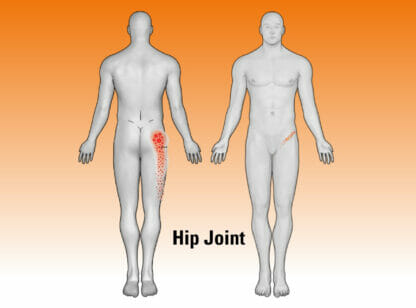
In mid-July, I had rotator cuff surgery on my left shoulder. Leading up to the surgery, I was fascinated by how the surgeon cautioned me about managing the pain, and he gave me three different pain prescriptions. Everyone I talked to said, “Oh, that’s going to hurt!” And since the surgery, people frequently ask about the pain. They are bewildered when I respond, “What pain?” And at physical therapy, I’m constantly asked, “How is your pain?” and “Does this hurt?” (For the record, I’m not using any pain medication.)
I don’t know about you, but I don’t want to think about or talk about pain. I focus on comfort. The traditional medical pain scale ranges from 0 to 10, where 10 indicates miserable pain, and 0 means feeling great. With this scale, the emphasis is on pain.
What is referred to as pain is the perception of stimuli, both physical and emotional. Pain does have a purpose: it warns you of danger and reminds you that you must give care to and maintain your physical and emotional self. In this context, pain is a good thing; it gets your attention. Once pain has your attention, it no longer has a purpose. When I move my arm in a way that I shouldn’t, I get a jolt of pain telling me to stop doing what I’m doing and when I stop, it’s gone.
Pain is subjective, and suffering is determined by the meaning you give to the experience. When you react emotionally to the pain, you begin to suffer. Anxiety, frustration, guilt and the fear of pain continuing are examples of suffering. Suffering also derives from the helplessness and depression that often follow seemingly endless medical visits with no improvement.
Instead, with physical, mental and emotional pain, I suggest my clients focus on comfort. I give them a copy of the Comfort Scale (pictured here), which was created by my colleague Kelley T. Woods, and ask them to track their overall level of comfort daily.
With the Comfort Scale, 10 is feeling great and 0 is “Help!” So, rather than focusing on physical pain, mental anguish or depression, the focus is on feeling good, mental well-being and happiness. The Comfort Scale also is empowering as it gives you a sense of control. You get to choose to focus on feeling better rather than worse.
To help enhance your comfort level, never refer to my pain, my illness, my depression. Distance it by saying the pain, the illness and the depression. Don’t make it yours – it’s not your identity. Simply changing your language to release that ownership can help relieve suffering.
Using simple, quick, easy mindfulness techniques can really help you to experience comfort. Mindfulness allows you to acknowledge there is pain – be it physical, mental and or emotional – without being the pain. Being mindful, you can take the suffering out of pain.
Roger Moore is a certified counselor and registered hypnotherapist with Palm Desert Hypnosis and can be reached at [email protected] or (760) 219.8079. For more information, visit www.hypnosishealthinfo.com/medical-hypnosis.










































Comments (0)